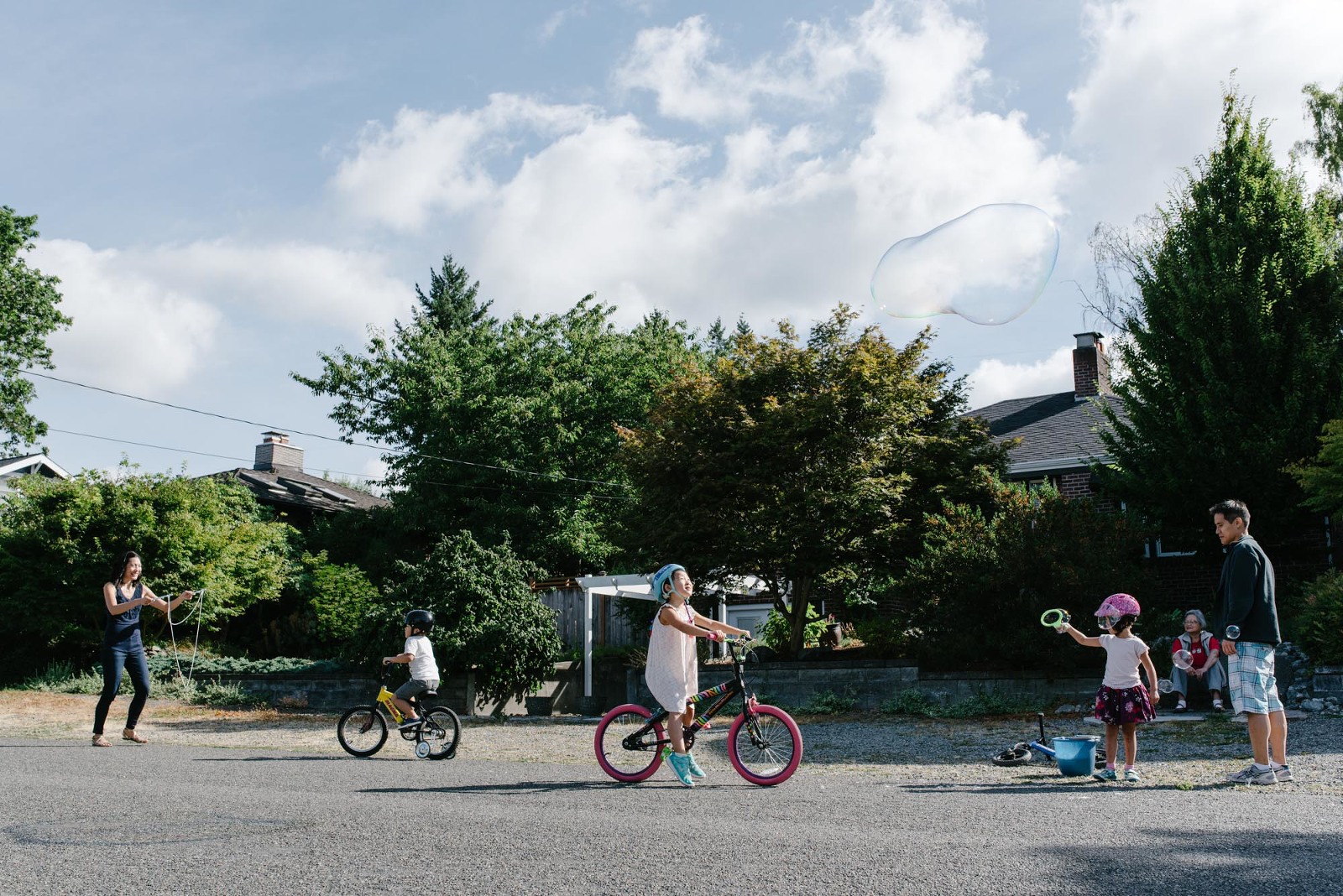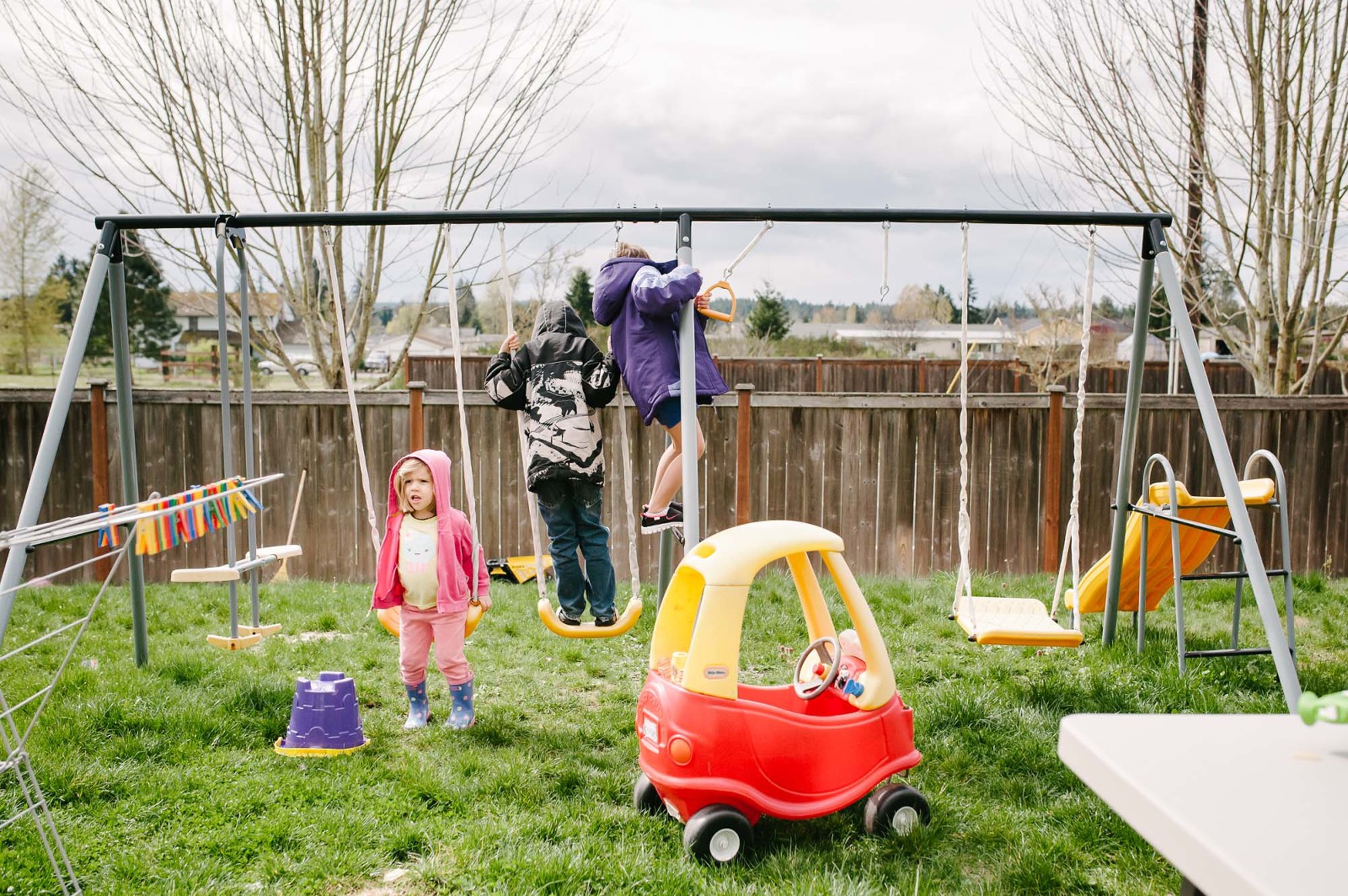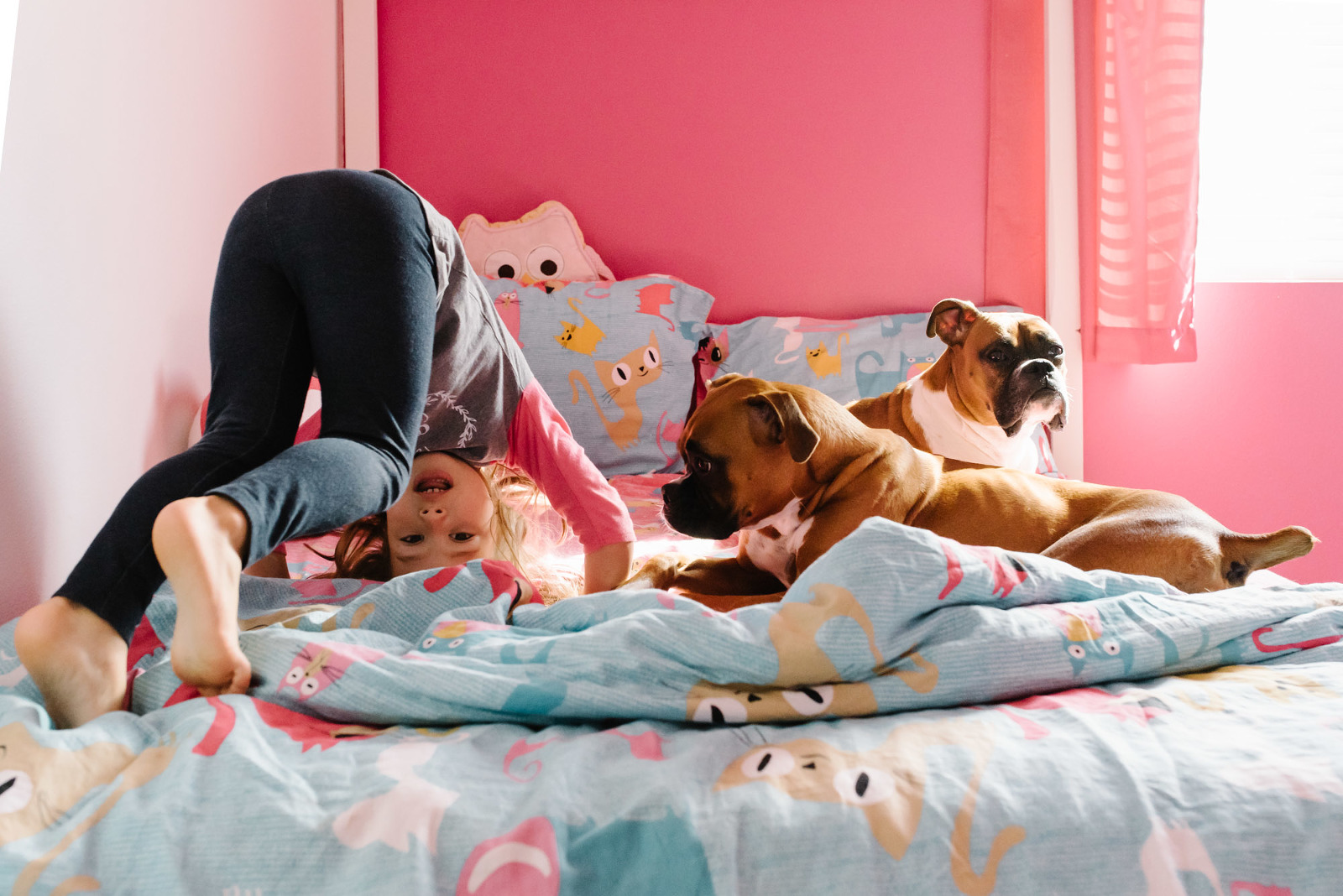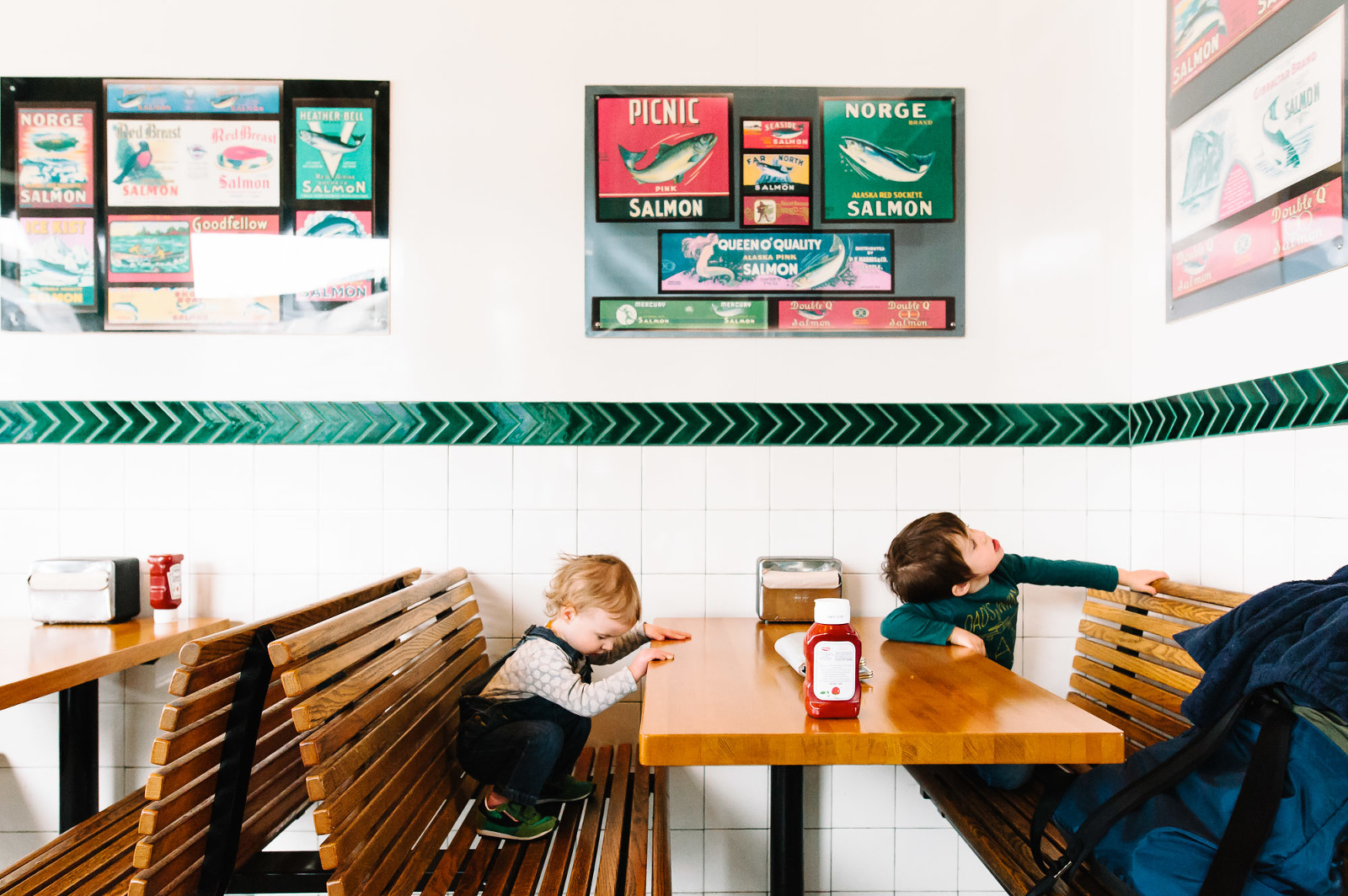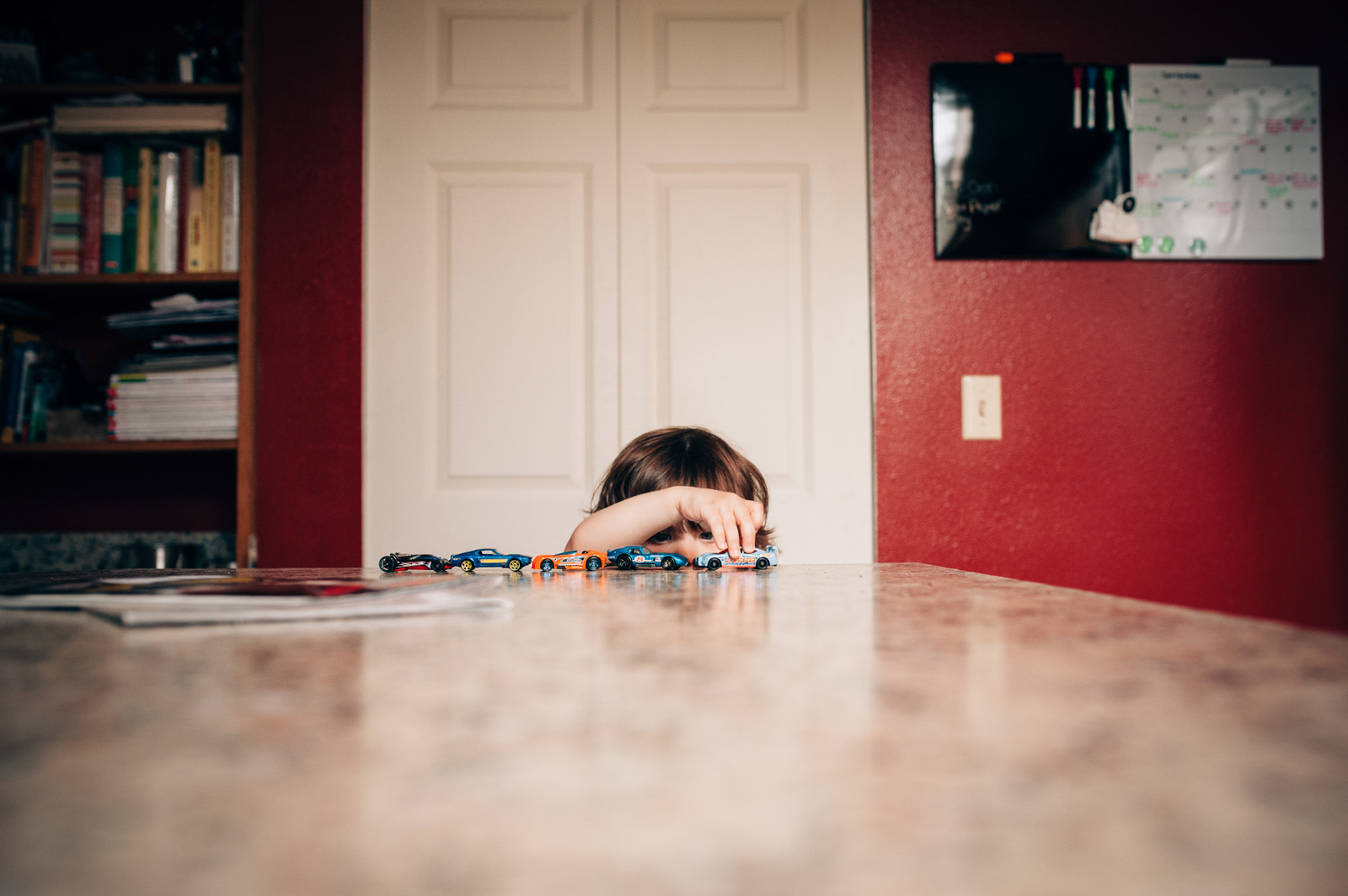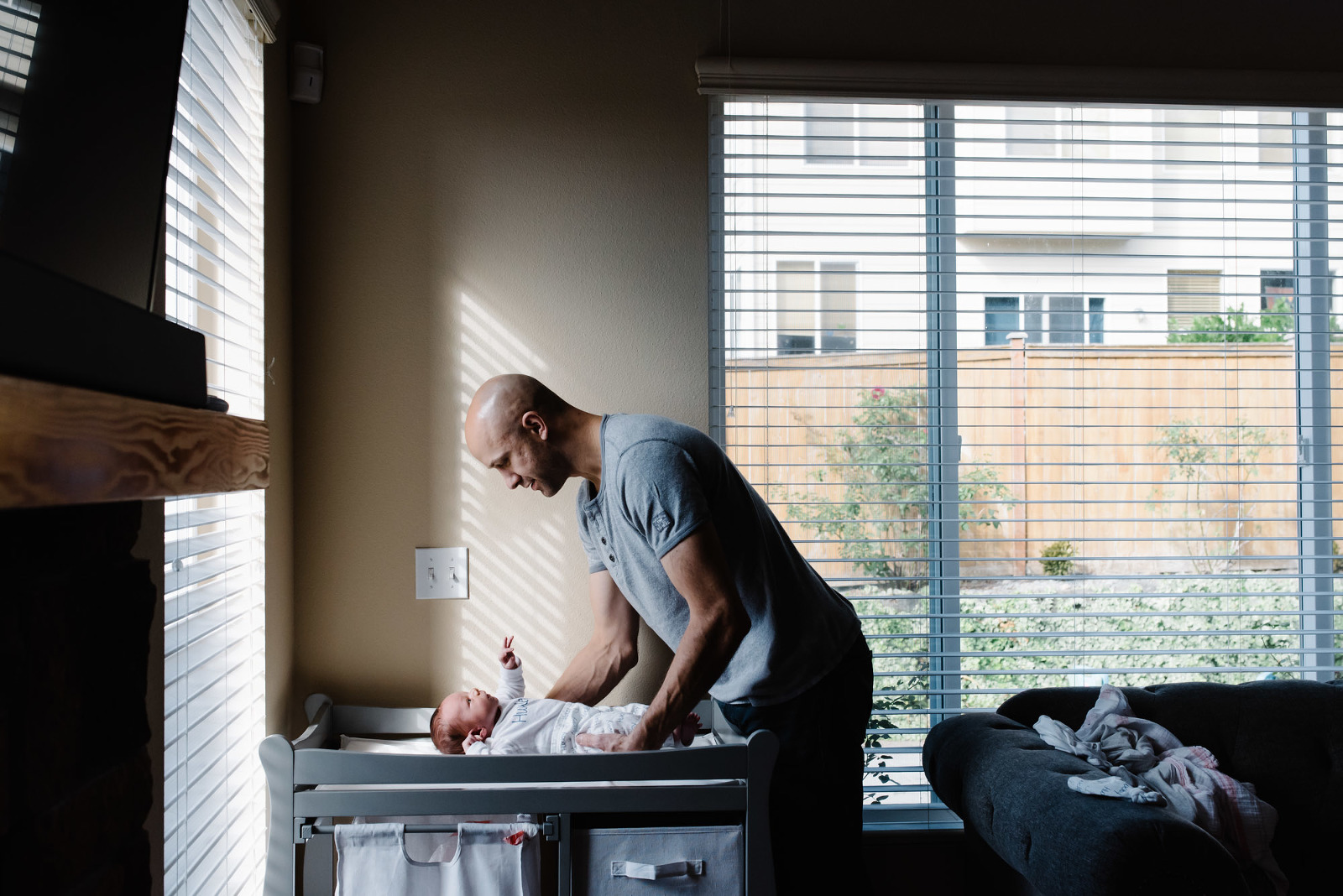Your DSLR calls it ISO, but if you ever dealt in film you might also remember it as ASA or film speed. It all means the same thing; how sensitive your film (or digital sensor) is to ambient light. This is the first stop in learning to take your camera off auto, and being able to understand the golden triangle of exposure (which consists of your ISO, shutter speed and aperture). I like to think of ISO as a baseline. Once I find the sweet spot for my ISO, I can start making creative decisions with my shutter speed and aperture.
Chances are your ISO options on your DSLR follow this numbering scheme (this isn’t always the case – sometimes the numbering pattern is a little different): 100, 200, 400, 800, 1600 and depending on your camera you may also have an option for 3200, and 6400. If you own a Nikon you may also see an option for HI1 and HI2. These options are the equivalent of the next two numbers in the pattern. For example, if your ISO goes up to 1600, HI1 will be the equivalent of 3200 and HI2 will be the equivalent of 6400. Depending on the camera you own you might find a button labeled ISO or, as in many Nikon models, you ISO options might be accessed via your info screen.
If you are attempting to take your camera off auto for the first time, the easiest way to start getting to know how your camera handles ISO is by doing the following. (You may want to have your camera’s instruction manual handy for this.) First, set your camera to shutter priority. For most models this means turning the dial on the left side of your chassis to “S” (for Nikon) or “Tv” (for Canon). In this mode you have the ability to change your ISO at will. In shutter priority you decide the shutter speed and the camera will automatically set the aperture. Set your shutter speed for 1/125. At 1/125 your shutter speed will be slow enough for you to be able to test out a good range of ISO settings while still being fast enough that you can consistently snag a sharp, in focus image without a tripod. With your camera set up this way try shooting through all your ISO speeds both indoors and outdoors. Depending on the camera you use and the lighting conditions you might notice underexposures and overexposures.
The lower the ISO is the less sensitive it is to light. So you would want to set your ISO as low as 100 (or lower, if available) in full mid-day sunlight in order to avoid blasting you light sensor with too much light and over exposing your images. If you are shooting in the middle of a sunny field, on a cloudless day, you may be able to simply set your ISO at it’s lowest setting and call it a day. But this isn’t always the case. As you continue to learn how to use your camera in a manual capacity you will begin to understand that there are creative reasons for boosting your ISO a couple of speeds. But, overall, the rule of thumb is to keep you ISO as low as you can and here is why.
As you raise you ISO and your sensor strains to find ambient light, you will get more noise and grain in your photo. Take a peek at the photos below. I quickly snapped these before we left our home in Connecticut. These are straight out of the camera (with some cropping). They aren’t nice photos but do well for showing the difference in ISO.







 Here are a few of the zoomed in images directly next to each other so you get a clearer view of the differences.
Here are a few of the zoomed in images directly next to each other so you get a clearer view of the differences.

As you can see, even up into high ISOs the grain isn’t outrageously distracting and wouldn’t be a problem for snapshots, smaller prints, and digital use. Even then, depending on your artistic image, a little grain might be something you are looking for. This is why I wanted to start these tutorials with ISO. Some grain is forgivable and grain can be easily adjusted in Lightroom, Photoshop or Camera Raw. In fact, if you are in a situation where natural light is your only or best option, grain is just the sacrifice you have to make. Compromising on the other elements of exposure (which will be covered in later posts) are not always so easy to fix, and not as forgivable.
Got any questions? Let me know! Leave a comment or send me an email. I would be happy to hear from you.
